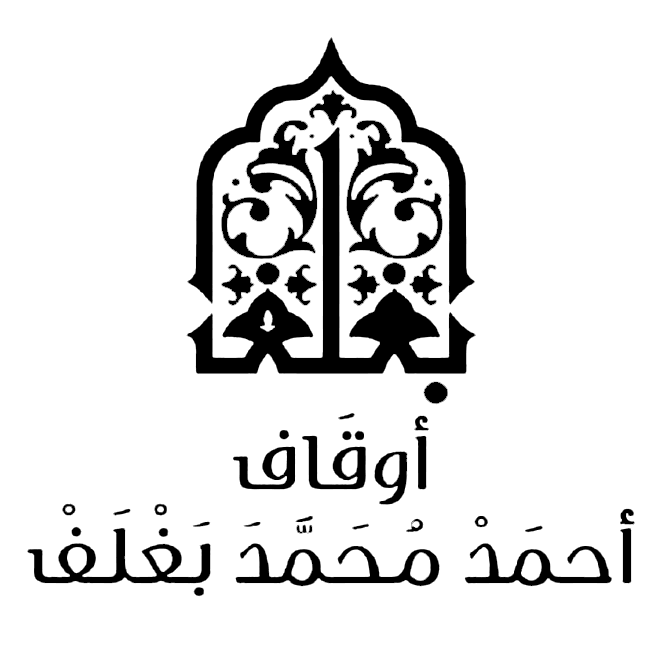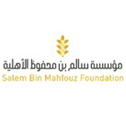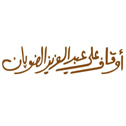ʿAishah(may Allah be pleased with her) narrated: “The Messenger of Allah ﷺ entered upon me [i.e., in my room], and near me were two young servants singing the song of Buʿaath [a poem about a war between the two tribes: al-Aws and al-Khazraj]. Then he ﷺ laid down upon the bed and turned his face [around]. Then, Abu Bakr entered, and scolded me, while saying: “Musical instruments of the Shayṭaan near the Prophet ﷺ ?!” [Afterwards], the Messenger of Allah ﷺ turned his face towards him and said: “Leave them be.” Then, when Abu Bakr became inattentive, I signalled to the two servants to leave.
It was the day of ‘Eid, on which the Abyssinians were playing with shields and spears. It is either that I asked the Prophet ﷺ, or he ﷺ asked [me]: “Do you wish to watch them while playing?” [To which], I responded: “Yes.” He ﷺ [then] situated me behind him ﷺ, and my cheek was touching his ﷺ. Then, he ﷺ said [to the Abyssinians]: “Carry on! O Bani Arifdah!” [This went on] until I got tired. [Then] he ﷺ asked me: “Have you had enough?” I replied, “Yes.” He ﷺ [then] politely bid me to leave..
Commentary :
The days of ‘Eid are for eating, drinking, and permissible entertainment, during which the Muslims should rejoice in the bounty and mercy of Allah and revive their spirits therein.
In this hadeeth, ʿAishah - the Mother of the Believers (may Allah be pleased with her) reports that the Prophet ﷺ entered her room on the day of ‘Eid where she had with her two young girls (prepubescent) singing chivalrous poetry which was uttered with pride during the [early] days of the Arabs - such as, the day of Buʿaath. This was a day on which an infamous war took place between the [tribes of] al-Aws and al-Khazraj [that] continued for 120 years.
The Prophet ﷺ did not disapprove of this [singing], nor did he listen to it nor pay attention to it. Meanwhile, Abu Bakr (may Allah be pleased with him) entered [the room] and came across the two young girls singing this poetry near ʿAishah(may Allah be pleased with her) in the presence of the Prophet ﷺ. He severely censured them for entertaining [the others] in the house of the Prophet in a way such as that. Afterwards, he rebuked his daughter, and blamed her by saying, “Musical instruments of the Shayṭaan near the Prophet ﷺ ?!” -meaning: the beating of the ḍaff(a type of drum), singing, and instruments [that are] taken as the flute (or other wind instruments). [The upshot being: any instrument that produces] a whistle. Abu Bakr (may Allah be pleased with him) connected [this instrument] to Shayṭaan, because it distracts [people] away from the remembrance of Allah, may He be Exalted, which is one of the works of the Shayṭaan.
Afterwards, the Prophet ﷺ did no more than order him to leave the two young girls alone and stop censuring them. Explaining this [type of reaction], we can look and see as it is [mentioned] in Saheeh al-Bukhaaree and Saheeh Muslimthat every nation has a holiday, and this ‘Eid is the holiday of the Muslim nation. It is legislated for them to celebrate it, be delighted during it, and for it to be [a day] of permissible entertainment which does not agitate the individuals [around] to a point that is inappropriate.
After that, ʿAishah(may Allah be pleased with her) indicatedto the two young girls to depart, and they left. The Arabic word used to indicate that she signalled to them is ghamz; [here refers to] [making an] indication or a gesture with the eye, eyelid, or hand.
[As for] the statement of ʿAishah(may Allah be pleased with her), “It was the day of ‘Eid”, this is from another hadeeth, but it was combined with the preceding hadith by some of the narrators, while some of the others separated the both of them [i.e., as two separate narrations].
Thereupon, she (may Allah be pleased with her) reported that it was a day of ‘Eid. Either this day followed the one with the two servant girls [i.e., the previous section of this hadith]; or, it was another. [In either case, on this day] the Abyssinians were playing with shields (daraq) and spears (hiraab), which [were] some of the weapons of war [at the time], whereas the [word] daraq is the plural of [the Arabic word] daraqah, and it is a type of shield. The [word] hiraabis the plural of [the Arabic word] harbah, and it is a small lance [with a] wide spearhead.
Then, ʿAishah(may Allah be pleased with her) reported - in a state of doubt - as to whether she asked the Prophet ﷺ; or, that it was heﷺ who asked her: ““Do you wish to watch?” - in other words - “Do you want to [go] and see the Abyssinians while they are playing?” So, when she told him of her wish on the matter, he ﷺsituated her behind him ﷺ,in order to cover her with his body. She [then] affectionately placed her cheek upon his intimately. He ﷺ then said, “Carry on! O Bani Arfidah!”, which is [either] an honorific for the Abyssinians; or, the name of their ancient forefathers. It is said: [that] they were a people [known for] their dancing. It is [also] said: [that they] were the children of slaves. The meaning [of the aforementioned quote]: [is that] they continued playing. Heﷺ did not censure them; understanding, rather, [that] it was a permission and an encouragement for them [to continue]. The Prophet ﷺ remained there as such until ʿAishah [may Allah be pleased with her] became tired and bored from watching them. So then, heﷺ asked her: “Have you had enough?” [To which], she replied: “Yes.” Then, heﷺ politely bid her to return to her home.
From the other benefits that we can conclude from this hadeeth is that the display of delight on the ‘Eid holidays is from among the rites of the religion; that in Islam, [there is] a permissible range for playing and reviving the spirit in known times by that which does not infringe against the unchangeable rules of the Sacred Law; that we should strive to show benevolence towards our wives and try to gain their love [and affection]; and that we recognize that the legality [of rejoicing and relaxing] was made to ease, give comfort, and give leniency to the people and the families on the days of 'Eid; so that the souls may be relieved. One is exempted on Eid for that which he is not exempted on other days.
Lastly, it indicates that it is permissible for the father to discipline his married daughter in the presence of her husband if the husband did not do it..

 Hadiths
Hadiths






